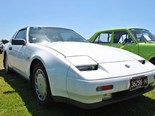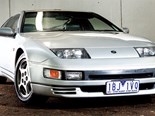Nissan 300ZX Z32 - Buyer's Guide



|
Go for a naturally aspirated local market version, or chase down a hot twin-turbo grey import - the choice is yours
Nissan 300ZX Z32
Americans had been in love with Nissan ‘Z Cars’ ever since the first 2.4-litre model appeared in 1970. Almost 20 years later when the Z32 series showed up it had completely changed. Then again, so had American perceptions of what constituted a ‘sports car’.
By early 1990 the radically restyled and substantial Nissan made its way to Australia, with a 166kW, naturally aspirated, 3.0lt V6. Buyers in other markets got to revel in the 208kW twin-turbo version. Examples of the latter of course made their way to Australia as grey imports and are in demand as special-interest cars.
`Official’ 300ZX sales in Australia ran at fewer than 100 cars annually and in 1996 Nissan gave up.
| Read next: Nissan's iconic 'Z' cars
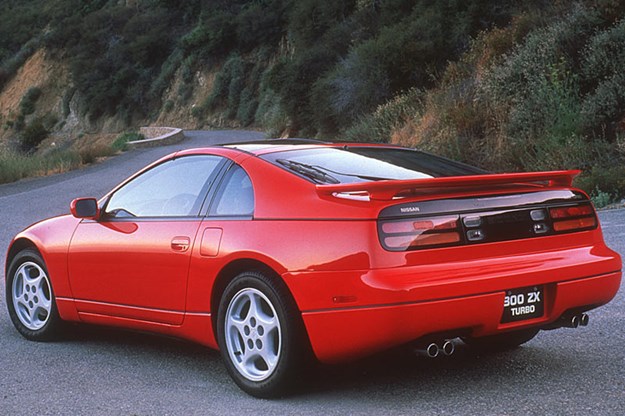
Immediately after that happened, the floodgates opened on Japanese-spec `grey imports’ and used, twin-turbo 300ZXs at prices that fans of the car could afford began arriving.
Most were two-seaters, some with four-wheel steering and all offering higher levels of equipment than had been available in local cars, Fittings that were standard across the range included anti-lock, four-wheel disc brakes, 16-inch alloy wheels and cruise control. Some had Targa lift-out roof panels and there were the odd few with extreme body kits. From 1991 a driver’s side airbag became standard in Japan, with dual bags from 1992.
The ZX’s conservative styling has been no deterrent to younger buyers seeking blistering performance for little more than the cost of a turbocharged Silvia. A variety of body embellishments including monster rear wings, larger wheels and twin `drainpipe’ exhausts were already fitted or available in the aftermarket and ensured the ZX enjoyed ongoing acceptance with the ‘cool kids’.
| 2019 Market Review: Nissan 300ZX/Stagea
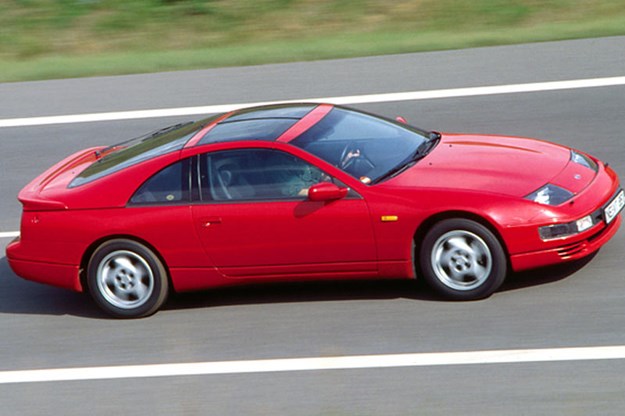
Boost becomes noticeable from about 2500rpm, with peak torque arriving at 3600rpm and peak power at 6400rpm. Using the gears to keep the engine spinning in that range will deliver response that will leave most local V8s in their dust.
The 5.9 second 0-100km/h times claimed for five-speed, two-seat twin turbos are feasible but hard to achieve without risking serious transmission damage. Automatic turbos are a second slower and easier on the axles.
No one has an excuse for buying a bad 300ZX. All coupes with the possible exception of four-seat, twin turbo cars are available in abundance. The sub-$10,000 price bracket is not a good place to start searching for a ZX. Cars in this vicinity will almost certainly require extensive and expensive mechanical and interior work.
Turbos in excellent condition, carrying service histories that date back to their arrival in Australia and showing less than 150,000 kilometres reach $16,000. That can climb past $20k when mechanical upgrades, flash wheels and audio equipment become part of the equation. (Note: all prices are 2019 and will have moved since then.)
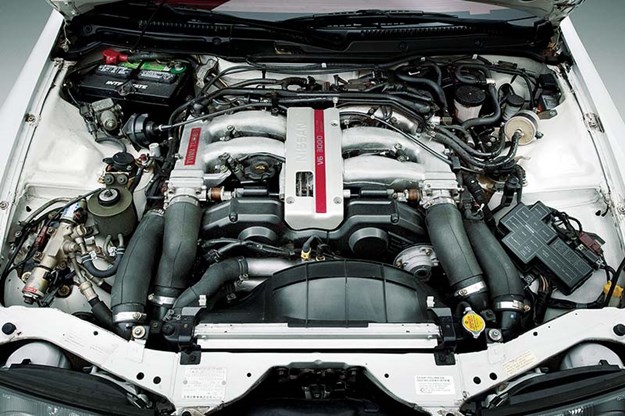
2019 VALUE RANGE 300ZX (Twin-turbo)
FAIR: $4000
GOOD: $10,000
EXCELLENT: $16,500
(Note: exceptional cars will demand more. Prices have risen since 2019)
BUYER'S CHECKLIST

BODY & CHASSIS
Rust is unlikely to be a problem with the well-protected ZX body but check sills, window surrounds and wheel arches. Poor quality crash repairs are a more serious and common problem – check consistency of bonnet and door gaps and headlamp cover `fogging’. Those heavy doors will droop with age but only cause a real problem once they start chipping paint on the edges of apertures. The low-slung front spoiler is vulnerable to kerb and speed-bump damage. Panels are still available locally and not particularly expensive so a car showing some damage or non-structural rust can be saved without a ridiculous spend.
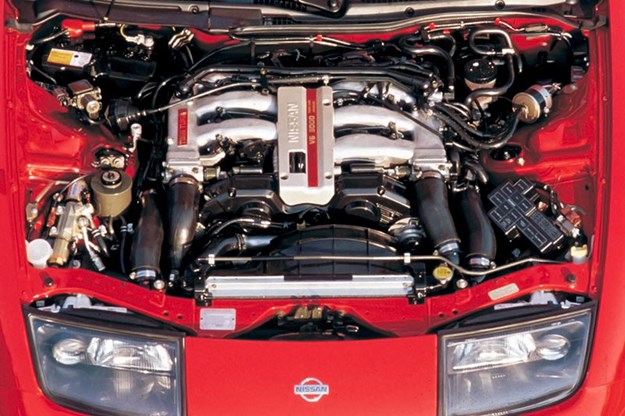
ENGINE & TRANSMISSION
Unless you have expertise in advanced electronics and turbocharger technology, these engines need to be inspected by someone who does. Cars needing an internal rebuild and replacement turbochargers can land the unwary with a $10,000 repair bill. Oil leaks from the rear main bearing seal and cylinder heads are common and costly to fix. Any sign of blue (oil) or white (coolant) smoke from the exhausts indicates engine and/or turbocharger repairs are imminent. Check electric fans for operation and excessive movement. Driveline vibration can result from a failed transmission mount or the driveshaft central bearing. Gently used clutches in turbo cars last up to 80,000 kilometres but abused units won’t make 800. Replacement costs around $1800, with an automatic transmission rebuild at $3500.
SUSPENSION & BRAKES
Weight and harsh use will overheat dampers and cause premature failure. Replacing the strut-type shock absorbers front and rear will cost close to $2500. Wear to the rear sub-frame mounts manifests in sloppy handling and is worth another $2000 to rectify. Larger diameter wheels enhance the ZX’s appearance but the ultra-low profile tyres rarely last more than 25,000 kilometres and cost $1600 per set to replace. The alloy wheels are styled for use on the left or right hand side and for optimum brake cooling and shouldn’t be swapped.
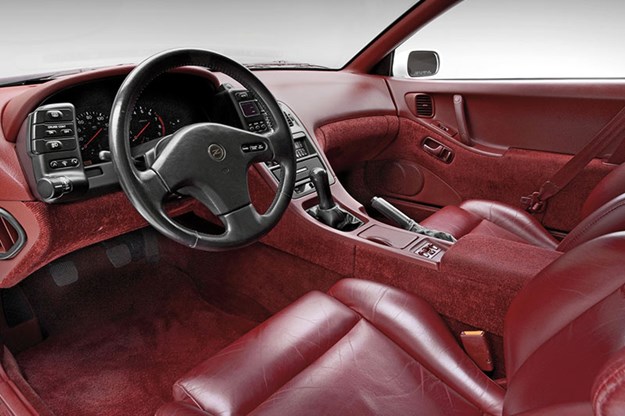
INTERIOR & ELECTRICS
Leather trimmed cars are likely by now to be showing some wear, so factor a $4000 retrim into the purchase price of badly affected cars. Also make sure power seat adjusters work. Worn T-top rubbers let water into the cabin so check carpets for dampness. Those snazzy looking control pods are a source of trauma so ensure everything including the a/c climate control is operational. Complete dash units without cracks proved impossible to find although replacement dash components are plentiful. If the one in an otherwise good car is too ugly to look at, consider spending $125 on a ‘dash wrap’.
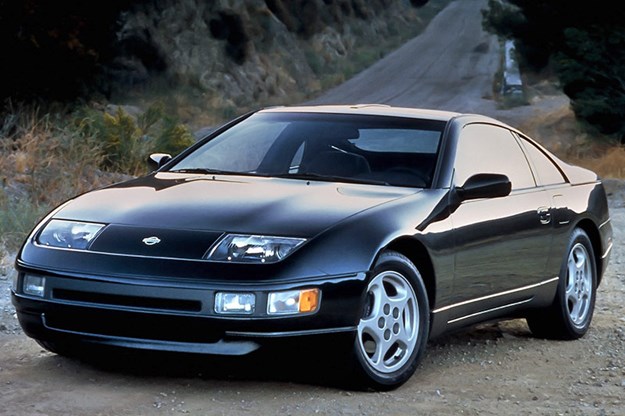
1990-1995 Nissan 300ZX Z32 twin-turbo specs
NUMBER BUILT: 86,663 (all models 1990-96)
BODY: unitary construction, all-steel two door coupe and convertible
ENGINE: 3.0 litre 24 Valve quad-cam V6 with fuel injection. Twin turbochargers optional.
POWER & TORQUE: 208kW @6400rpm, 388Nm @ 3600rpm (twin turbo)
PERFORMANCE: 0-100km/h 5.9 seconds, 0-400 metres 14.2 seconds (twin turbo manual)
TRANSMISSION: five-speed manual or four speed automatic
SUSPENSION: upper & lower wishbones with coil springs, struts and anti-roll bar (f) upper & lower wishbones with coil springs, struts and anti-roll bar (r)
BRAKES: disc (f) disc (r) power assisted with ABS
TYRES: 225/50ZR16 radial
Unique Cars magazine Value Guides
Sell your car for free right here
Get your monthly fix of news, reviews and stories on the greatest cars and minds in the automotive world.
Subscribe

.jpg)









